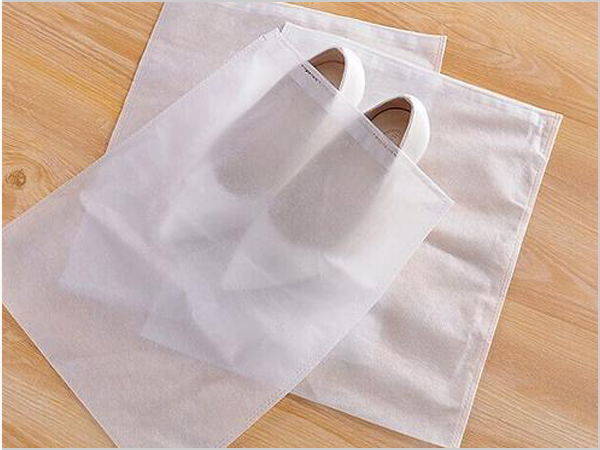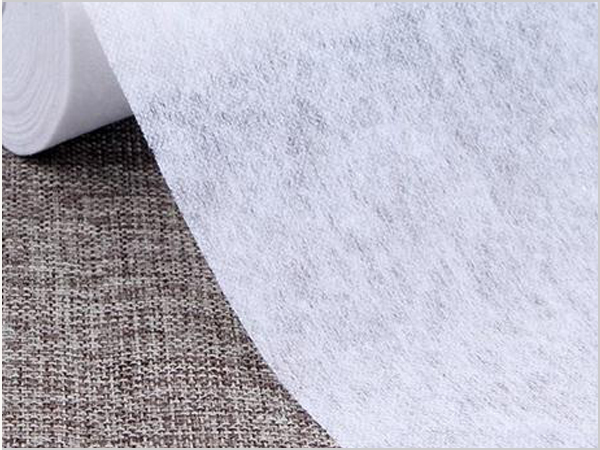- Why can spunbond nonwoven fabric dominate the market?
- Foreign trade exports are moving forward under pressure, with both resilience and challenges coexisting
- Explore the environmental protection characteristics and application fields of PP non-woven fabric
- The rise of the Latin American market is expected to become a new growth pole for China's textile foreign trade
- The production process of spunbond nonwoven fabric determines its unique characteristics!

- Telephone: 0551- 66779966
- Cellphone: 18955130444
- Email: 58792982@qq.com
- Address: Building 1-2, East of Wubu Village Section, Hehuai Road, Wushan Town, Changfeng County, Hefei City, Anhui Province
On July 2 local time, US President Trump announced on social media that the United States has reached a trade agreement with Vietnam. He posted that all goods exported from Vietnam to the United States would face at least a 20% tariff and that Vietnam would "fully open its market" to the United States. Previously, Vietnam was subject to a so-called "reciprocal tariff" rate as high as 46% by the United States, which was adjusted to 10% within a 90-day buffer period. What is the true purpose behind this series of actions?
The United States has reached a trade agreement with Vietnam
On July 2 local time, US President Trump announced on social media that the United States has reached a trade agreement with Vietnam.
On that day, Bloomberg reported that before the July 9 tariff deferral period is about to expire, US officials are currently in in-depth negotiations with major trading partners in Asia and Europe to push for a new agreement. Bloomberg believes that the first agreement has emerged. US President Trump announced the "tiered tariff agreement" reached with Vietnam on the same day. In his post, he stated that goods exported from Vietnam to the United States would be subject to a 20% tariff, while any goods regarded as "transshipped through Vietnam" would be subject to a 40% tariff. It is reported that this move will crack down on products that contain components from China or other countries, are transshipped through Vietnam, or are simply assembled and then exported to the United States. This practice follows the relevant provisions in the existing trade agreements between the United States and Mexico and Canada.
Previously, a spokesperson for China's Ministry of Commerce has clearly stated that China firmly opposes any party reaching a deal at the expense of China's interests in exchange for so-called tariff reduction. If such a situation occurs, China will never accept it and will resolutely take countermeasures to safeguard its legitimate rights and interests. It is worth noting that Trump also said that no tariffs would be imposed on goods exported from the United States to Vietnam.
Why does the United States keep a close eye on Vietnam?
In recent years, Vietnam has become an important hub for global manufacturing, attracting a large number of multinational enterprises to settle down. However, many of these products rely on imported components from countries like China and are only assembled in Vietnam before being exported to the United States. This has raised concerns among the US side that there might be "transshipment" behavior, using Vietnam to circumvent high tariffs on other countries, especially in areas such as electronics and clothing, which are particularly sensitive. Therefore, the United States has specifically imposed a 40% tariff on goods transshipped from third countries in this agreement, with the intention of strengthening the traceability of origin and the review of added value. In the future, Vietnam's manufacturing industry may face stricter reviews of raw material sources and production value.
Declaration: The content of this article is compiled from the Internet and the copyright belongs to the original author. If there is any infringement, please inform us in time and contact us for deletion.
- Why can spunbond nonwoven fabric dominate the market?
- Foreign trade exports are moving forward under pressure, with both resilience and challeng
- Explore the environmental protection characteristics and application fields of PP non-wove
- The rise of the Latin American market is expected to become a new growth pole for China's
- The production process of spunbond nonwoven fabric determines its unique characteristics!
- The global trade landscape is undergoing significant changes in 2025
- The 11th China International Silk Conference was held in Shengze
- What are the core advantages of spunbond nonwoven fabric?
- What are the magical aspects of the manufacturing process of spunbond nonwoven fabric?
- The textile industry is enjoying dual policy benefits



